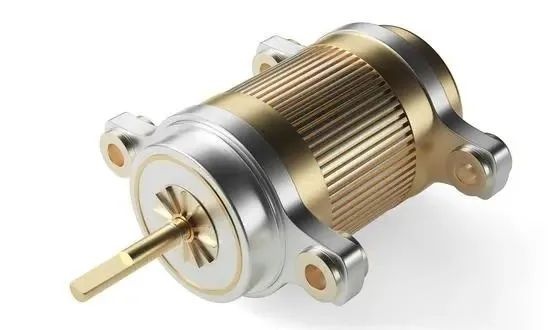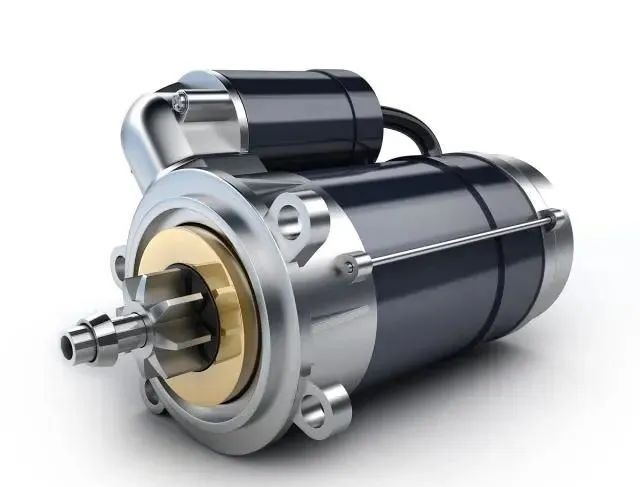How to eliminate over-engineering of motion control system of motors?
As the level of automation continues to increase, the number of motors used in more and more applications and in different operating environments has increased dramatically, and the requirements for dynamics, low noise emissions and energy efficiency have also increased, and these motors are becoming smaller , more powerful, and more efficient, while expectations for the quality of motion control features are rising. Today, engineers must pay attention to the application environment of the motor, and their main processing tasks are at the level of identifying the application environment, such as image recognition, visual computing, encryption/decryption, and artificial intelligence. Furthermore, the realization of synchronicity, real-time behavior and fast response times is already mandatory for multiple axis synchronization. Motion control has become an integral part of many designs, and engineers now have to consider not only a motor and how fast it spins, but how it connects to all the other hardware in the physical hardware design.

Overdesign is part of the application solution from the start, especially motion control systems, and a little overcompensation creates a sense of comfort and security that transcends a sense of value that the user can’t see. Even a slight overdesign can make a difference in perceived value, and this solution is just the beginning of the problem. When a motion system has multiple components, even if a small number of these components are over-engineered, product costs will rise, space allocation will increase, and motor specifications will exceed user requirements. Configuring one component relative to another can easily increase the likelihood of over-engineering. Over-engineered motion systems typically require more components, thereby introducing more points of failure. Any or all of these factors can have a negative impact on the sale of the final product. influences.
The challenge of overengineering
The main challenge with overengineering is having a conscientious design team, and there are many in the motion control industry who really want a product that performs well, is reasonably priced, and is as compatible as possible. Such a team would go to great lengths to research and design the components of a motion system, while trying to balance all the needs of the system in a way that they see fit, and ultimately achieve a satisfying customer experience, all with good intentions. In the early research stages, the main decision is to find the right manufacturer for the components you are looking for, or to contact a motor company with extensive expertise in a specific application area to help manufacture the precise system you want. This is a major decision that should not be taken lightly.
Many motor manufacturing companies have a range of standard products, such as motors or controllers for motion control applications, from which an engineer can compare and select the appropriate speed versus torque or accuracy. This trend naturally always chooses from a specification that offers a product beyond the exact needs of the moment. Another option is to contact the manufacturer to see if they can customize the motor accordingly, and when waiting for a quote, the price of a custom motor can increase to the point of being cringe-worthy, especially for low-volume quotes.

For engineering teams outsourced to third-party design firms, the cost of the required components for the initial design can be high, leading to some delays in delivery. Another issue with this approach is whether the motors will be integrated with all the other components of the final motion control system, and if there is any doubt about the project, many engineering teams err on the side of overengineering.
Additionally, each design team needs to consider repair and maintenance costs as well as development costs in their final chosen solution. In the trend of quality and reliability, the cost of machine failure is disproportionate, including both direct costs associated with warranty work and reputational damage. These costs coincide exactly with the customer's perceived value to the product and the manufacturer, and must be considered very carefully when a project is in the early stages of design.
What are engineering teams looking for?
In a competitive marketplace, a valuable asset for any design team includes competitive pricing, which includes development costs, manufacturing costs, and maintenance and support costs, the ability to guarantee fast delivery even when demand surges, and the range of product areas represented. expertise.

When it comes to motion control systems, in general, we will consider the product performance reliability characteristics and standards of cooperative suppliers, as well as the breadth of product lines that may be required in the future, and are willing to solve the special challenges of the application environment on a project-by-project basis. Once you find a manufacturer with these qualifications, you can get the help you need to optimize the performance of your motion system, customize the best fit, and quickly prototype components for evaluation and testing purposes.
in conclusion
The right partner might not just be a product manufacturer or a design firm, but a solution-focused design and manufacturing firm. Looking for a company to solve the whole system, not just a few components. Suppliers are expected to reduce overall development costs, time-to-market, overall system costs, and deliver components on time through scalable manufacturing to meet final requirements. All of this can and should be done within a quality control system to ensure motor consistency and eliminate the possibility of motor specifications changing over time.



























 XINDA
XINDA